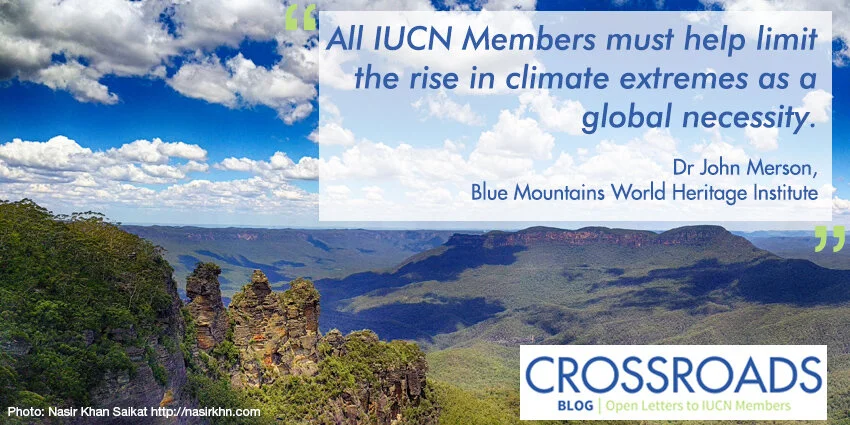By Dr John Merson, BMWHI Executive Director
Periodic fires are a normal part of the lifecycle of many ecosystems, but climate change is creating mega-fires that instead of supporting biodiversity threaten to destroy it. In the aftermath of the worst fire season in Australia’s recorded history, conservationists should turn to a mix of modern science and techniques practised by indigenous peoples for 60,000 years.
On 26 October 2019 lightning struck the drought-stricken region of Gospers Mountain in the Greater Blue Mountains World Heritage Area of New South Wales, Australia. This ignited a bushfire which ran for three months to burn-out 838,000 hectares (around 80% of the World Heritage Area) and impact an estimated 140 million reptiles, birds and mammals.
This was the largest single fire in Australia’s recorded history; however, it was only one in a devastating fire season. In 2019 and 2020 fires extended from the tropical north of the country to the south. Over 17 million hectares, representing 20% of forests across five states, were burnt. This unprecedented conflagration covered cities with a blanket of smoke for months, even blocking the sun to turn daytime into night upon occasion.
In October 2020 an Australian Government inquiry into these horrific wildfires concluded, for the first time, that their scale and intensity was a direct consequence of climate change. In December 2020 the IUCN World Heritage Outlook 3 found that climate change is now the biggest threat to natural World Heritage globally.
Read more on the original blog published on the IUCN website:
